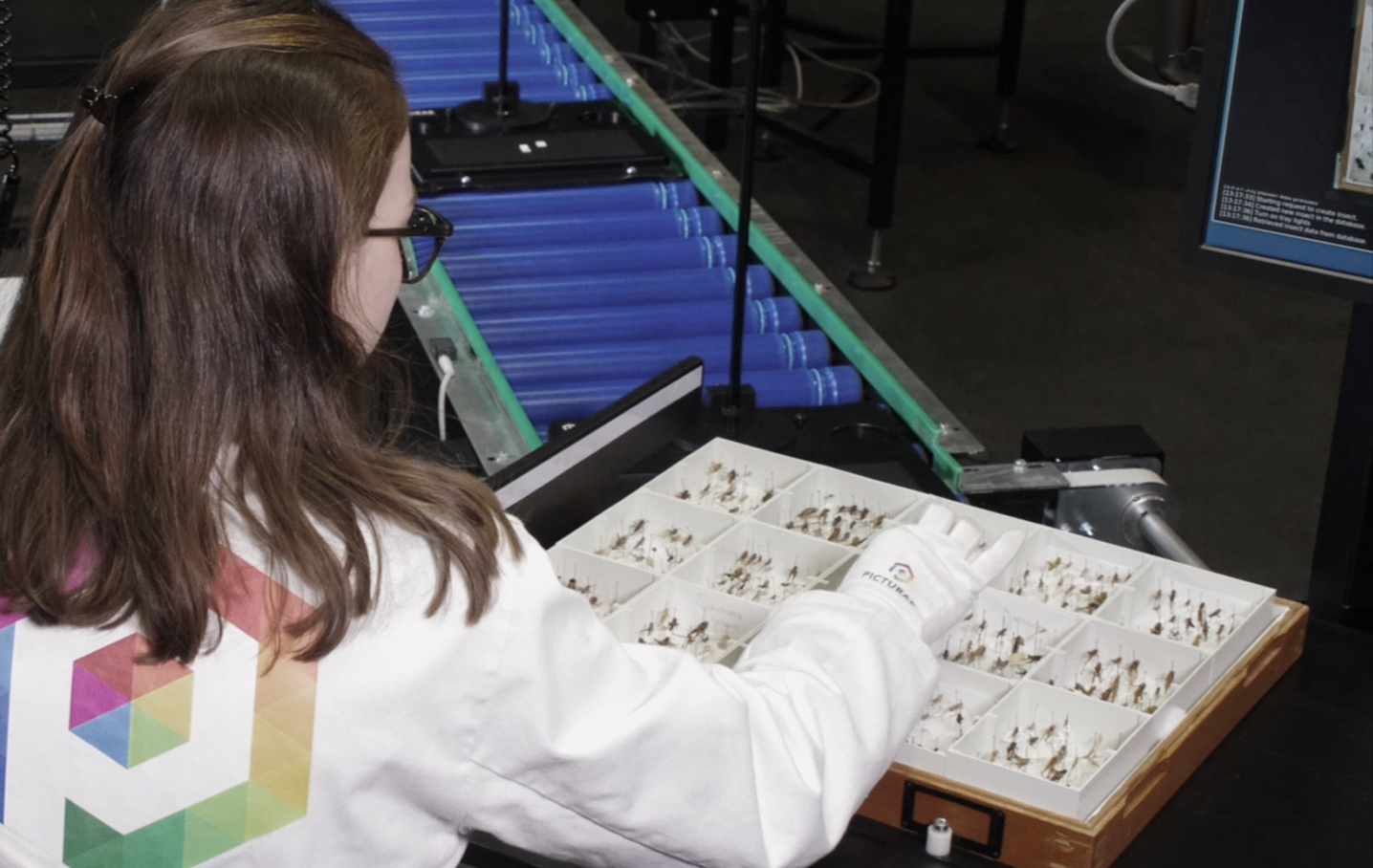
2 December 2022
by Lisa French (Natural History Museum London) and Jose Alonso (Naturalis Biodiversity Center)
Really. We mean it. All you need to know. From digitisation workflows (insects, herbarium sheets, geological specimen, microscope slides… you name it) to best practices in image and data capture, software, monitoring and, of course, literature on the field. A full manual from and for the DiSSCo community.
Natural science collections provide a window into the natural world, and can be used to study global challenges such as environmental change, conservation and human health. DiSSCo wants to accelerate the digitisation of these collections, so we can open up this resource to researchers across the world.
Digitisation is the process of taking physical information about a collection and making this available digitally. DiSSCo aims to enhance the digitisation capacity of natural-science collection-holding organisations in Europe. It is with this in mind that we have created the DiSSCo Digitisation Guides website.
The Digitisation Guides site is a community edited manual for digitisation. It has information on how institutions can best prepare their collections for digitisation, how they can digitise collections, and how they can publish the associated data. We want to include digitisation approaches for many different types and sizes of collections, so we can reflect the range of institutions within the DiSSCo consortium.
The Digitisation Guides Workflow Collection has step-by-step instructions on how to digitise herbarium sheets, pinned insects, microscope slides and geological thin sections. We will continue to add to this, and detailed guidance is provided on how institutions can contribute their own workflows to the website. The aim is to share best practices within the community.

Digitisation for data integration
In addition to digitisation workflows, we also have guidance and best practice on how to photograph specimens, how to store digitisation data, and how to monitor the progress of a digitisation project.
These best practices are only a start, and we will be publishing digitisation guidance from other DiSSCo related projects – including those looking at how to start digitising for the first time, how to cost a digitisation project, and how to prioritise which areas of the collection to digitise.
Ultimately, DiSSCo wants to create an e-science infrastructure to provide access to linked data related to natural sciences collections, and increasing digitisation capacity is key to this ambition. The digitisation guides site is one way we can start to accelerate digitisation, and begin to integrate natural sciences collections data from across Europe.

The website was created within DiSSCo Prepare, with the help of digitisation teams from the Natural History Museum, London, Finnish Museum of Natural History (Luomus), Meise Botanic Garden, Museum für Naturkunde, Berlin, Royal Botanic Garden, Edinburgh, and Universidade de Lisboa.